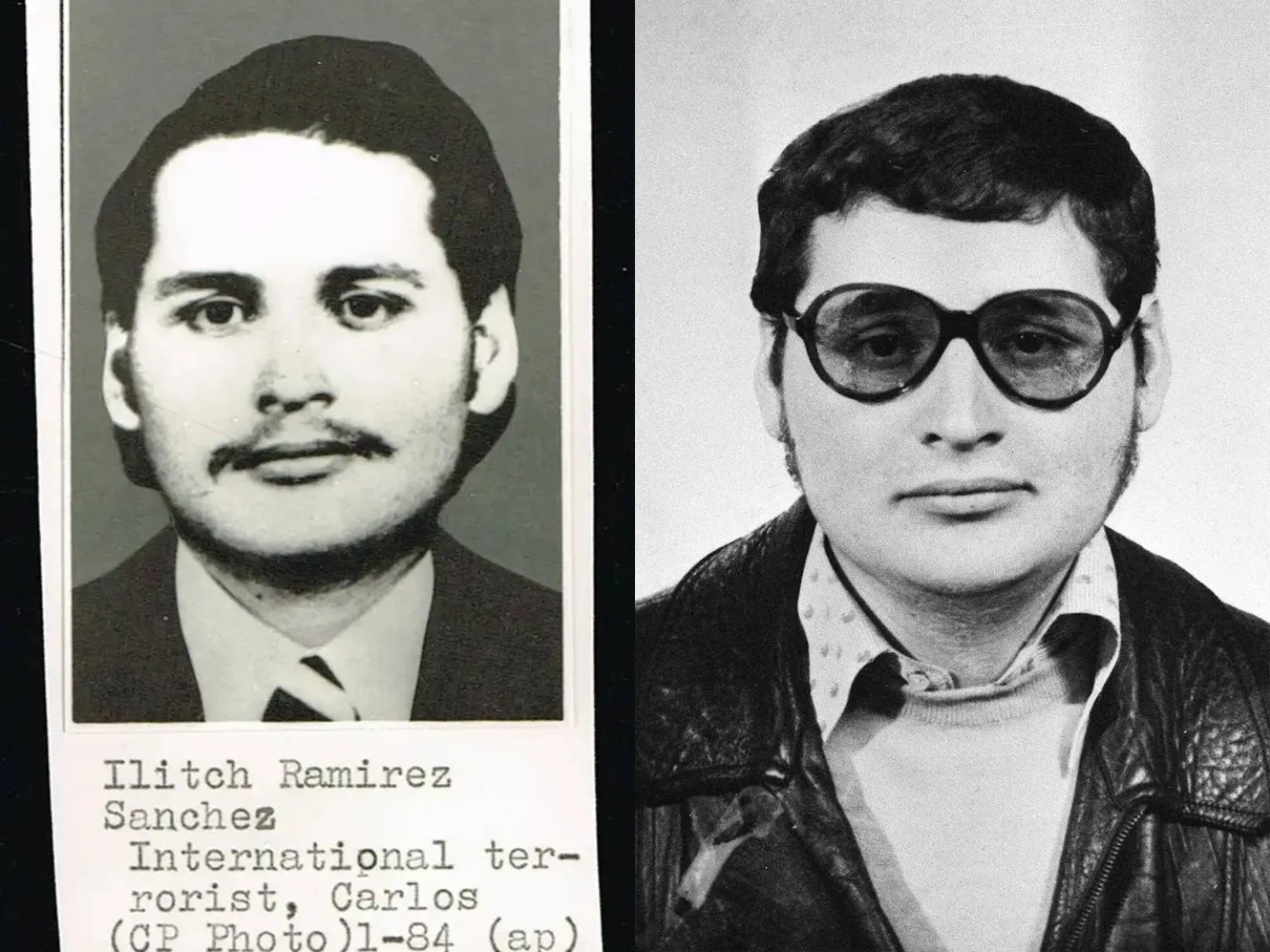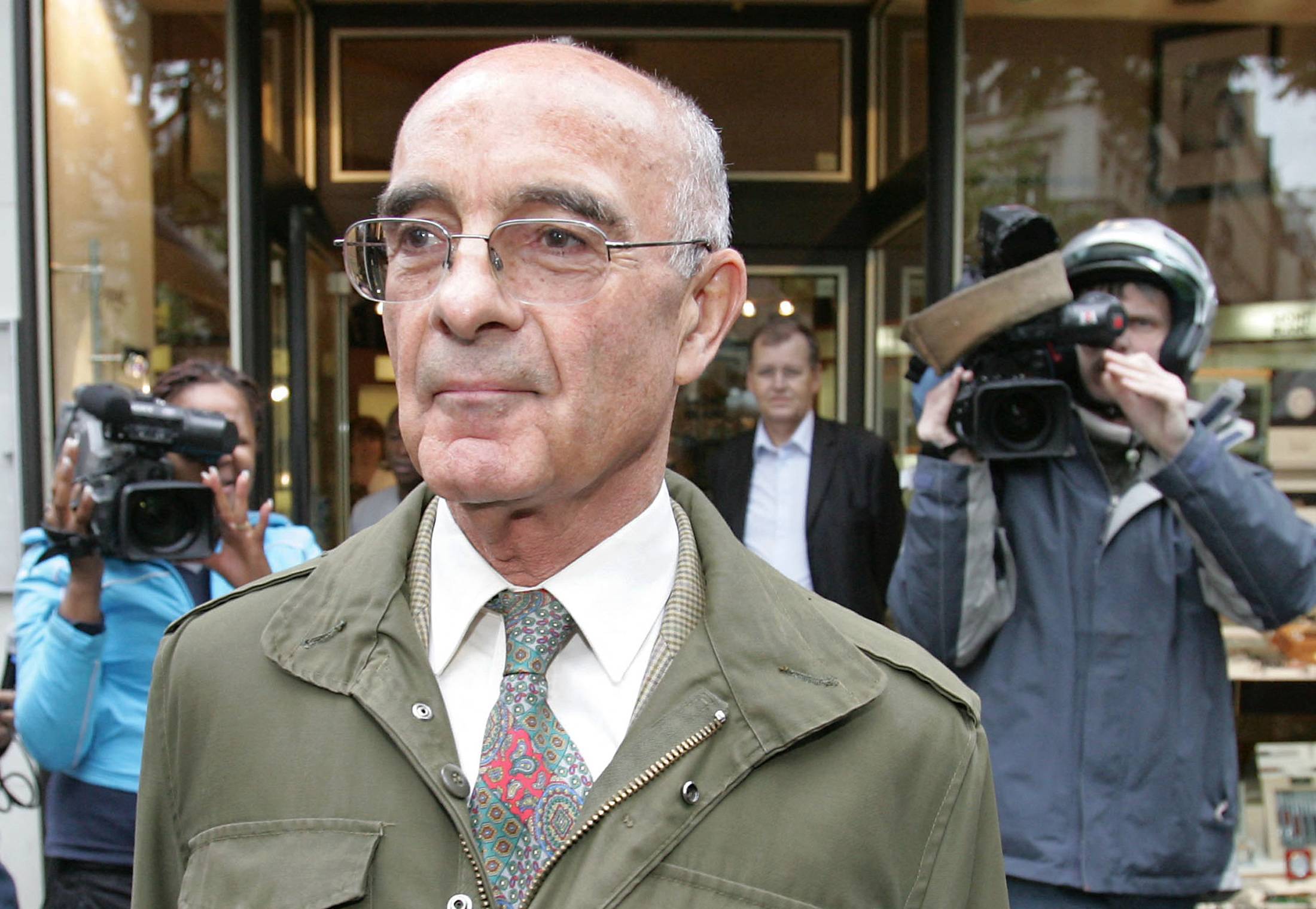Dr. Hassan Abdullah al-Turabi once tasted a bitter truth: that a man’s own disciples may one day betray him. It is almost a law of political life that students eventually turn on their teachers.
Al-Turabi had chosen the young army officer Omar Hassan al-Bashir to lead Sudan, perhaps imagining that he could remain behind the curtain as the guiding hand, a spiritual mentor presiding over the state, as Ayatollah Khomeini had done in Iran. But generals have their own instincts. Power is a feast that tolerates no partners. Soon enough, al-Bashir rebelled, and the master who had raised him was cast aside.
In 2017, a year after al-Turabi’s death, I interviewed Omar al-Bashir on that complicated relationship. When asked who had been the hardest person to deal with in his political life, he immediately named al-Turabi. He described him as a man of “immense charisma,” one who had long dominated the Islamic Movement and triumphed in every internal battle, until his clash with al-Bashir himself, when, for the first time, he lost.
Al-Bashir’s rule was marked by constant shifts and contradictions, none more telling than his oscillating relationship with Iran. In 1992, Sudan was under suffocating sanctions, short of weapons and ammunition, and isolated after Iraq’s decline.
Desperate for aid, Finance Minister Abdul-Rahim Hamdi traveled to Tehran to request assistance. The Iranians, however, demanded that Sudan first repay the debts left by the Jaafar Nimeiri regime. They explained that their priority was to help the newly independent Shiite communities emerging from the collapse of the Soviet Union, and offered instead to send books and sports equipment. Khartoum’s delegation was stunned. When Hamdi recounted the story to al-Turabi, the latter laughed bitterly and said: “Haven’t you read The Book of Misers? Most of it is about the Persians.”
Iran’s stance changed years later. After 2003, it supported the Sudanese army in the war in Darfur, established husayniyyas (Shiite centers), converted a small number of Sudanese to Shiism, and sent hundreds of youths for training in Syria. Iranian engineers helped build military industries south of Khartoum, and weapons were smuggled through Port Sudan to Gaza for Hamas, via Egyptian tunnels. Israeli warplanes would later strike those factories, exposing the secret routes.
I once asked al-Bashir whether he could ever enjoy life as a “former president.” He smiled and said: “Not only would it be easy - it would be a pleasure. People will still call you ‘Your Excellency’ in the street, but you’ll have no responsibilities.” Experience teaches journalists not to take such remarks at face value; similar words are spoken by leaders who never truly imagine leaving office.
Al-Turabi himself seldom condemned other rulers. He counted Muammar Gaddafi among his friends, saying their meetings were always frank and candid. He also believed that Saddam Hussein had undergone a transformation after the first Gulf War, symbolized by adding the phrase Allahu Akbar to Iraq’s flag. Such reflections revealed a man who, despite his ideological fervor, viewed other strongmen as peers in power and survival.
Among those who knew both al-Turabi and al-Bashir closely was Dr. Al-Mahboub Abdul Salam, a Sudanese politician and thinker who lived through the rise and unraveling of their shared project. In his view, the Sudan of today - torn apart by war and bleeding from within - is the direct legacy of that turbulent era.
Abdul Salam said that many Sudanese now live with the haunting fear of becoming people without a homeland. “This is not just a feeling,” he observed. “It’s a psychological reality. Some Sudanese have already begun to rebuild their lives elsewhere. The war has touched everyone - it has destroyed homes, livelihoods, memories, and the very sense of belonging. No one has been spared.”
He noted that the blame for Sudan’s collapse lied with the country’s elites, those of both the left and the right. “The Marxists, the Islamists, and even the centrist politicians share responsibility,” he said. “The military and civilian elites are two faces of the same coin. Tayeb Salih once wrote that in Sudan, some officers wake up one morning and decide to seize power by driving a tank to the radio station. But many civilians have the same hunger for authority. They just wear different clothes.”
Abdul Salam argued that politics became, for many, “a profession for the unqualified.” True politics, he insisted, requires training, study, and deep knowledge of the country and the world. “If you are Sudanese, you must know every corner of Sudan, its regions, its people, its contradictions. But many who rushed into power came from nowhere, driven only by ambition.”
He added that both soldiers and civilians failed equally. “What Sudan suffers today is the meeting of two failures, military and civilian.”
Reflecting on his own past, Abdul Salam admits that even before the 1989 coup, he doubted that the Islamic Movement was ready to govern. “We had capable leaders, scholars, and administrators,” he said, “but a state is far larger than any movement can imagine. Had we let the movement mature within democracy instead of seizing power by force, Sudan’s story might have been different.”
There is no doubt in his mind that Hassan al-Turabi was the mastermind of the 1989 coup that brought al-Bashir to power. “He designed it from start to finish,” Abdul Salam said. Al-Turabi had met al-Bashir only once before the coup, two days before its launch. “Go to the palace as president,” he told the young officer, “and I will go to prison as a captive.” It was a deliberate act of deception meant to mislead Sudan’s political parties and foreign observers into thinking that al-Turabi was uninvolved. For a while, the ruse worked. Egypt and other neighbors welcomed the new regime, unaware of its Islamist core.
Al-Turabi justified his deceit as a wartime tactic. He often said that the world would never accept an Islamic regime, whether it came to power democratically or through a coup. Therefore, he considered the revolution a form of war, where deception was permissible. But the disguise did not last long. The Gulf War exposed Khartoum’s Islamist sympathies when it sided with Saddam Hussein, and Sudan found itself isolated, condemned by its neighbors and the world.
Sudan also became the most vivid example of the “Sheikh and the President” dynamic: a spiritual guide wielding hidden influence while the official ruler executed his will. Al-Turabi and al-Bashir shared an office called the “Leadership Bureau.” Formally, al-Turabi was head of the movement and al-Bashir one of its members. In reality, the former commanded ideological power while the latter held the guns. That dual authority could not endure.
The rupture came on December 12, 1999, when the famous Mufasala, the Great Split, tore the movement apart. For al-Turabi, it was a personal and moral betrayal. He believed they were united by a sacred project to transform history, and that conspiracies could never achieve such a mission. But his own disciples, both civilian and military, had conspired behind his back. The “Memorandum of Ten,” drafted by his opponents within the movement, marked the beginning of the end.
Abdul Salam believes that al-Bashir began to see al-Turabi as a burden as early as 1993, when the latter demanded that the Revolutionary Command Council be dissolved and that the officers return to their barracks. This was the first real collision between al-Turabi’s strategic vision and the generals’ lust for permanence. Yet external pressures - international isolation and domestic opposition - forced them to remain together for several more years. “They knew any split at that time would destroy the regime entirely,” Abdul Salam explained. “Besides, al-Turabi still commanded loyalty even within the military.”
Over time, however, the state’s intelligence services began spying on al-Turabi himself. “They claimed it was their duty,” Abdul Salam said, “but we objected. We believed he deserved independent protection - just as Western leaders have their own special security apart from intelligence agencies.”
Looking back on Sudan’s modern history, Abdul Salam described Jaafar Nimeiri as a charismatic but authoritarian ruler. “A strong leader, yes, but a dictator nonetheless.”
As for Sadiq al-Mahdi, the long-time leader of the National Umma Party, Abdul Salam described him as “deeply intelligent, highly charismatic, but born into an environment that sanctified leadership.” Al-Mahdi saw himself as destined to rule, yet lacked the decisiveness of a true statesman. “He was a thinker, a lecturer, a man of ideas - more suited to opposition and intellectual debate than to governance.”
Abdul Salam spent a decade as al-Turabi’s chief of staff, witnessing firsthand the man’s ambition and complexity. “He changed the face of Sudanese politics,” he said. “Before him, the political arena was divided between two religious sects - the Umma Party of Sadiq al-Mahdi and the Democratic Unionist Party of Muhammad Uthman al-Mirghani. Al-Turabi broke that monopoly. He became, in a sense, the ‘third saint’ of Sudanese politics.”
When al-Turabi joined Nimeiri’s government after seven years in prison, some were shocked. He used to smile and say: “We are Islamizing the system, step by step.” His goal, Abdul Salam explained, was to ensure that his movement could organize freely in society - among students, women, farmers, and professionals - while cooperating with power from within.
He even likened politics to a “game” governed by its own rules and fouls. Nimeiri tolerated him, believing the Islamists would never rule until long after his death. But during those years of so-called “national reconciliation,” the Islamist movement built its real foundations.
For al-Turabi, prison had been a university. He said he never suffered from solitude, reading hundreds of books and writing new theories of Islamic jurisprudence. “He read four hundred volumes on economics alone,” Abdul Salam recalled. “He used prison as others might use a library.”
Exposure to Western thought also shaped al-Turabi profoundly. Educated in Britain and France, he brought to the Islamist project a rare sophistication. “He produced the most advanced version of the Muslim Brotherhood’s ideology,” Abdul Salam remarked, “one that tried to engage modernity rather than reject it.” Yet that same intellect drove him to think in terms of long-term strategy. He divided the movement’s progress into stages: secrecy, preparation, empowerment, and eventual control of the state - by elections if possible, by revolution if necessary. From the 1960s onward, he had already imagined that a coup might one day be the vehicle.
Sudan’s October Revolution of 1964, which overthrew a military regime, had convinced many - including Communist leader Abdul Khaliq Mahjoub - that the army would never again seize power. But when Nimeiri did exactly that in 1969, the lesson was clear: the temptation of power never dies.
According to Abdul Salam, the relationship between Hassan al-Turabi and Sadiq al-Mahdi combined intimacy with rivalry. Both came from Islamic traditions and shared views on freedom, women’s rights, and economic openness. Early on, they appeared almost as one political family. Al-Mahdi, confident in his vast popular base, saw al-Turabi and other intellectuals as tools to modernize the Umma Party and assumed al-Turabi’s role would never exceed that of a minister. But al-Turabi’s ambitions were far greater: he sought to found his own movement, a third force in Sudanese politics. Had that partnership endured, Sudan might have gained a powerful current capable of bringing lasting stability.











